Day Five Morning at Inari – November 2016
We have reached our last day of sightseeing in Kyoto. We spent the morning at Inari, located in Fushimi-ku, Kyoto and a side trip to Nara in the afternoon. From our hotel at Gion, we took the Keihan Line to Fushimi-Inari Station and took a short walk to Fushimi-Inari Taisha where we spent our morning.
Along the street leading to Fushimi-Inari Taisha, there are food stores lining on both sides. If you woke up early and did not take your breakfast, you could grab some food along the way before entering the Shrine.
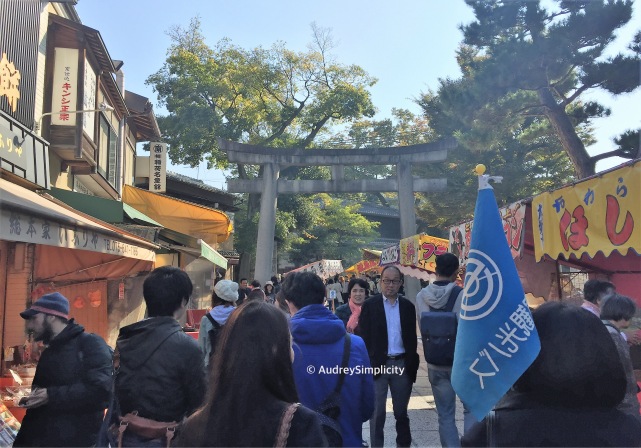
Fushimi-Inari Taisha (伏見稲荷大社) is the head of the shrine of Inari with the earliest structures built in 711 on the Inariyama hill in southwestern Kyoto and was re-located in 816 on the request of the monk Kūkai, with the main shrine structure built in 1499.
Whenever we read about Fushimi-Inari Taisha, we always see photos of the Torii Gates on the trail leading into the wooded forest of the sacred Mount Inari standing at 233 metres behind the Main Shrine. Besides the Torii Gates, the Shrine buildings are just as attractive and gorgeous and should not be overlooked. Following is the Fushimi-Inari Taisha precincts guide map that highlights what to look out for upon entering the Shrine.
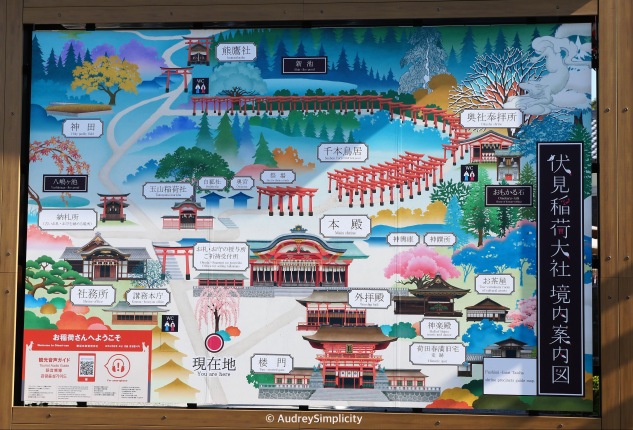
Locating the Shrine was easy as there are signs and directions along the way after stepping out of the Station. After a short walk, we were welcomed by the Giant Torii Gate.
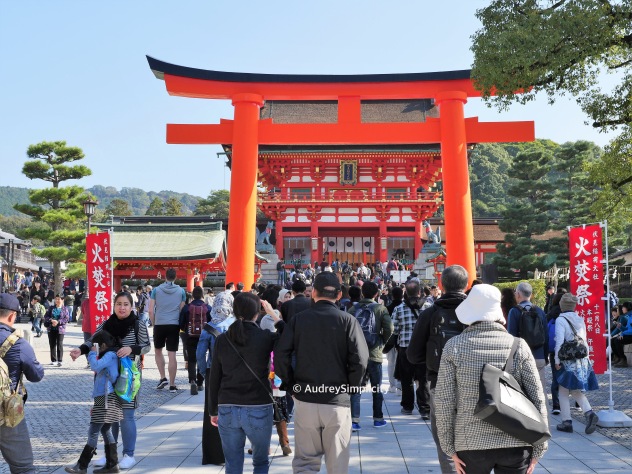
Behind the giant torii gate is the Romon Gate (楼門), a two-storey gate donated in 1589 by the famous leader Toyotomi Hideyoshi. There are two sculptures of the fox at the top of the steps, one on the left and another on the right, leading to the Romon Gate.
Inari Ōkami (稲荷大神) is the Japanese kami (spirits or gods) of fertility, rice, tea and sake, one of the principal kami of Shinto. Foxes (kitsune) are regarded as the messengers and one attribute is the key (for the rice granary) in their mouths. At the Shrine, you can find fox sculptures everywhere.
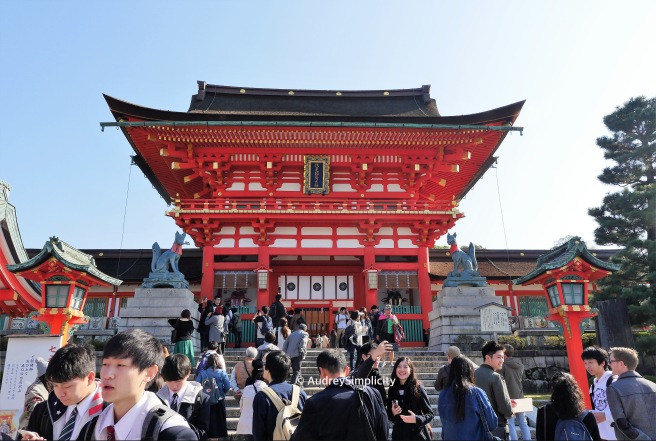
Next, we walked past the Worship Hall, then to the Main Shrine (御本殿).
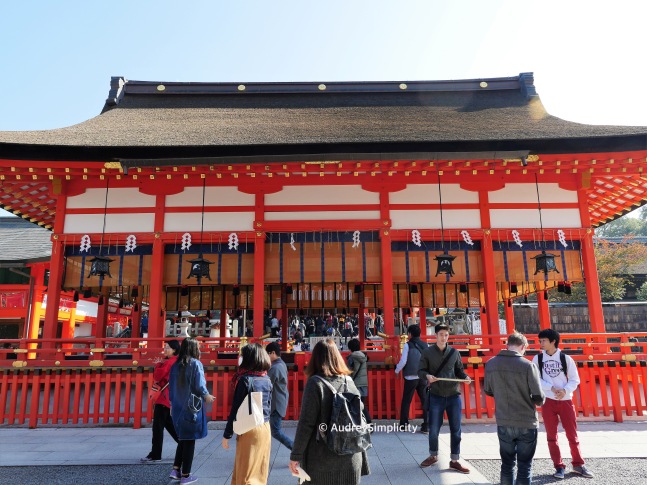

On the right of the Main Shrine is the flight of stairs to Tamayama Inarisha, towards the Senbon Torii (1,000 Torii Gates), located at the back of the Shrine’s main ground.
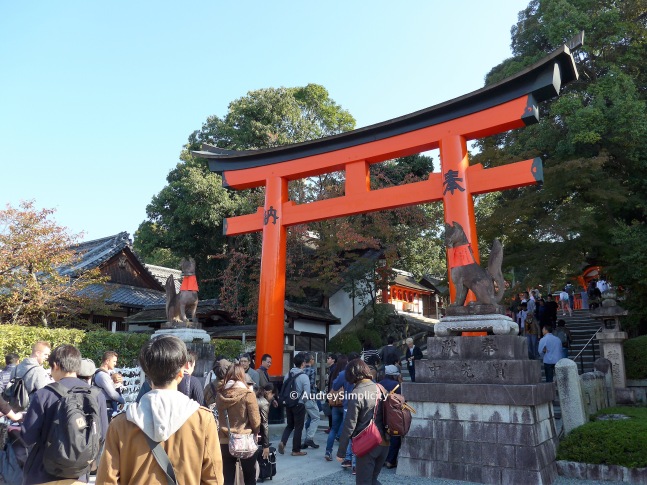
Before heading to the Torii Gates, we walked past the place where Ema (絵馬), translated as picture horses, are being hung. Ema are small wooden plaques for writing prayers or wishes, then left hanging at the shrine, where the kami (spirits or gods) are believed to receive them. In ancient times people would donate horses to the shrines for good favour, over time this was transferred to the wooden plaque.

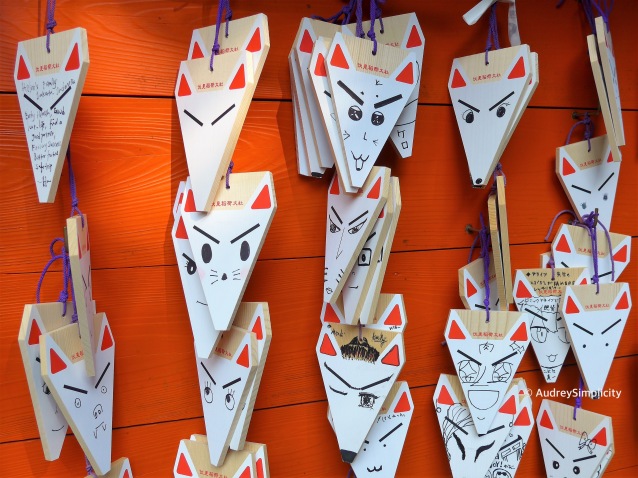
We walked up to the entrance of the hiking trail that is densely covered by the torii gates. The torii gates are donations made by individuals, families, associations and companies and their names and the date of the donation are inscribed on the back of each gate. Each torii gate starts around 400,000 yen for a small sized gate and increases to over one million yen for a large gate.
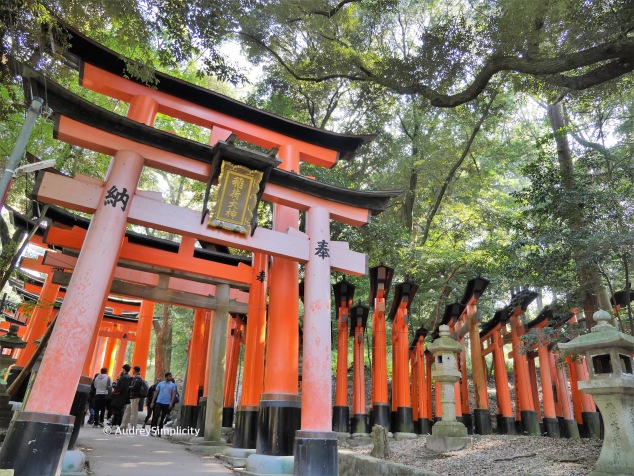
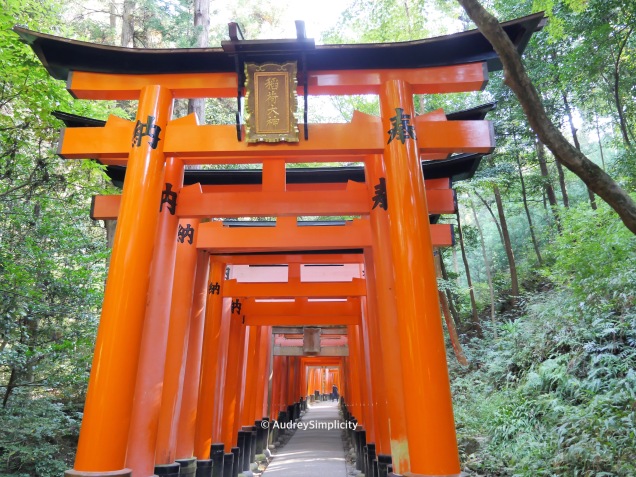
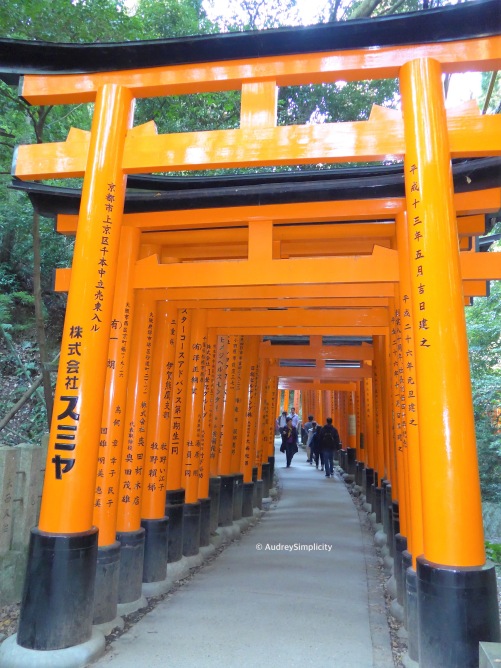
Taking pictures of the torii gates without any other people in there was a challenge as the place was packed with people when we started the hike at around 9.45am. We just have a couple of seconds to snap a picture before people started to stream in again. I am sure if we would have hiked further up to the summit of the mountain, there would be fewer people.
We were told that the hike to the summit and back would take around two to three hours, no idea if that takes into consideration the human traffic jam along the way. As it was our last day of sightseeing, we cut short our visit and turned back at the first stop that we may have time for Nara. After spending around two hours there, we left the Shrine at around 11 am.
This is part of My Kansai Region Travel Series, stay tuned for my next post on our visit to Nara.
The Lowdown
Getting there: From Kyoto Station, take the JR Nara Line to Inari Station. Alternatively, take the Keihan Line to Fushimi-Inari station and take a short walk to Inari.
Opening hours: All day
Admission: No admission fee
Thank you for stopping by and happy Living for Experiences!
Enjoyed what you read? Support me by sharing and following my blog, Facebook and Instagram.

I wish I can go to Kyoto someday!! That’s really beautiful!
https://www.noovihandayani.com/
LikeLiked by 1 person
Thank you for stopping by. Yes, indeed Kyoto is beautiful. Plan for it and make it happen. 🙂
LikeLiked by 1 person
Traffic jam in November, Wow!! Great photos!
LikeLiked by 1 person
Thank you 😊
LikeLike
Yep, we ended up taking 2hours+ for the hike…on a hot humid summer afternoon…
LikeLiked by 1 person